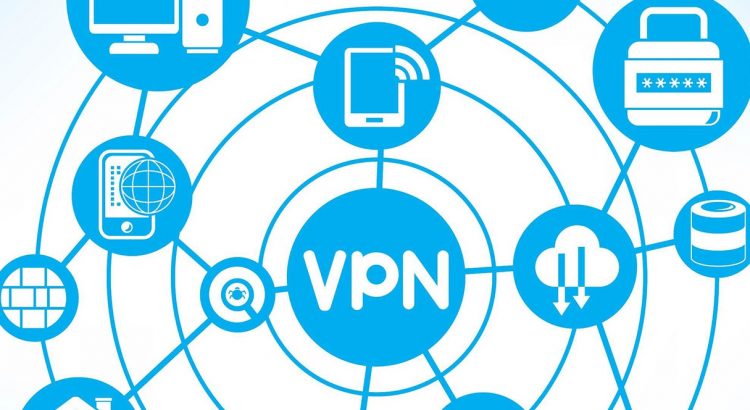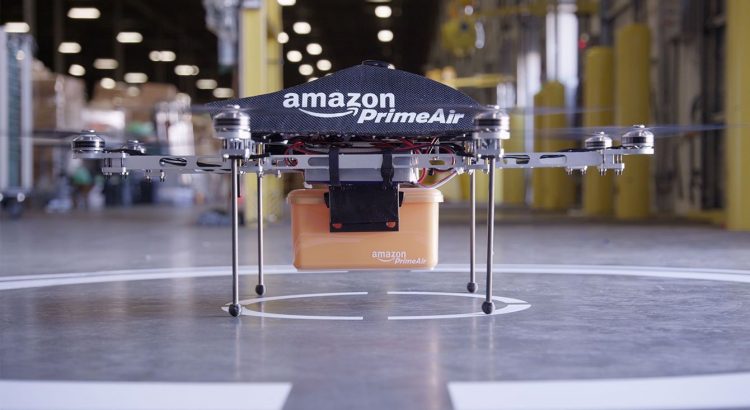As the recent crisis in Sri Lanka revealed, a country or authority can block any content at will. Even if censorship does not exist in your country, there might come a time when the courts or legal authority authorize the blocking of a site or online service for commercial or copyright issues. Fortunately, there are a few ways that we can get around blocks of that nature:
VPN
The most common and obvious solution is to get a VPN service that connects you to the network in another country. There are hundreds of VPN services and applications that allow you to connect to their nodes in various countries. The paid services are better as some of the free VPN hosts are possible scams and security concerns.
Proxy
A cheaper, and less obvious method is to use one of the many web traffic proxies online. A proxy uses a computer in another location to fetch your web requests. The only issue is that proxy services will not allow you to use other services like streaming, and downloads. You can also set up your own proxy server, but you will need to pay for a virtual private server online.
DNS
Another common issue is that networks block traffic to certain domains by hijacking DNS requests. Getting around this is a little harder because it involves one of two options: 1) set up and run your own DNS server, or 2) set manual entries for the sites that you want to access in your host’s file.

